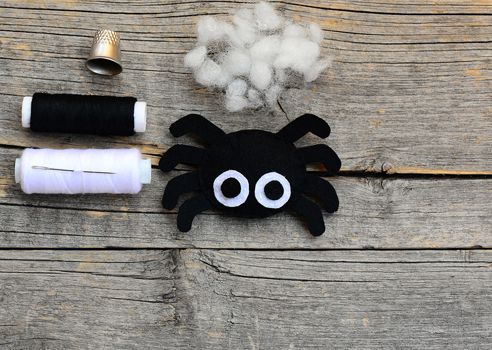Reading time: Less than 1 minute
Increase your vocabulary and you’ll make your writing much more precise. That’s why I provide a word of the week. Today’s word: bricolage….
I like to read the New Yorker not just for the very fine writing but also because it engages me in topics that have previously been unknown to me. Here’s an example: a Dan Chiasson story on poet Susan Howe in the Aug. 7 and 14/17 edition. Headlined “Susan Howe’s Patchwork Poems,” the story introduced me to a poet I had never heard of before.
And, as an unexpected bonus, the story also introduced me to a new word, bricolage. Here is how Chiasson used it:
Howe’s work treats as bricolage the writings of Cotton Mather and the Puritan divines, the captivity stories of Mary Rowlandson and Hannah Dustin, old bird books, Thoreau’s journals, the poetry of Longfellow, dusty municipal histories, and, most of all, the poetry of Emily Dickinson.
The noun refers to something constructed or created from a diverse range of available things, as in the photo at the top of this post — a spider made from felt, thread, google-eyes and cotton batten. I’ve never been particularly handy with crafts so that’s perhaps why I’d never encountered the term. To be fair, however, bricolage is apparently used in many fields, including anthropology, education, computer software, and business.
A mid-20th-century term, the word comes from the French bricoler, meaning to do odd jobs or to repair or to tinker. The closest term in English is “do-it-yourself.”
An earlier version of this post first appeared on my blog on Oct. 11/17.


